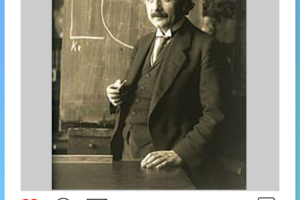
Unraveling the Shah’s Surgical Saga: DeBakey’s Ill-Fated Intervention in 1980
Introduction: In the annals of medical history, certain interventions take on a profound significance. The Shah of Iran’s medical journey in 1980, orchestrated by the renowned Dr. Michael DeBakey and his team, stands as a complex narrative of success, subsequent complications, and the relentless pursuit of medical solutions. Let’s delve into the events that transpired during those critical days in Cairo.
Subtitle: “Chronicles of a Critical Splenectomy”
The Arrival in Cairo: Three days after the Shah’s arrival in Cairo, Dr. Michael DeBakey and his six-member surgical team touched down. The date, March 28, 1980, at 8 pm, would mark the commencement of a pivotal splenectomy for the Shah. The splenectomy unfolded against a backdrop of heightened anticipation and medical complexity.
The Weighty Challenge: The Shah’s spleen, weighing close to 2000 g, presented a formidable challenge. Infested with tumorous nodules, the surgical team opted to conduct a liver biopsy during the procedure. The subsequent analysis revealed unsettling signs of multiple metastases, casting a shadow over the perceived success of the initial surgery.
Conflicting Narratives: Dr. DeBakey, a stalwart in the medical community, deemed the surgery successful. However, subsequent events challenged this assertion. A mere three days post-surgery, the Shah voiced complaints of low posterior left thoracic pain. Concerns escalated as Dr. Flandrin and Egyptian surgeon Dr. Fouad Nour suspected a subphrenic abscess, a suspicion dismissed by DeBakey’s Australian assistant.
Unraveling Complications: The divergence in opinions regarding the Shah’s postoperative condition set the stage for a cascade of complications. The suspected subphrenic abscess would later become a focal point of medical scrutiny and debate, revealing the intricate challenges faced by the medical team.
The Persistence of Medical Inquiry: The aftermath of the surgery prompted a relentless pursuit of answers. Medical professionals, historians, and scholars have scrutinized the events surrounding the Shah’s splenectomy, attempting to unravel the complexities and nuances that defined this chapter in medical history.
Conclusion: The Shah’s surgical journey, led by the eminent Dr. Michael DeBakey, serves as a testament to the unpredictable nature of medical interventions. Success can be elusive, complications unforeseen, and the aftermath subject to multiple interpretations. As we navigate the intricate details of those critical days in Cairo, we gain insight not only into the medical challenges faced but also into the unwavering commitment of medical professionals in the pursuit of healing, even amidst the shadows of uncertainty.
Resources : https://www.sciencedirect.com



